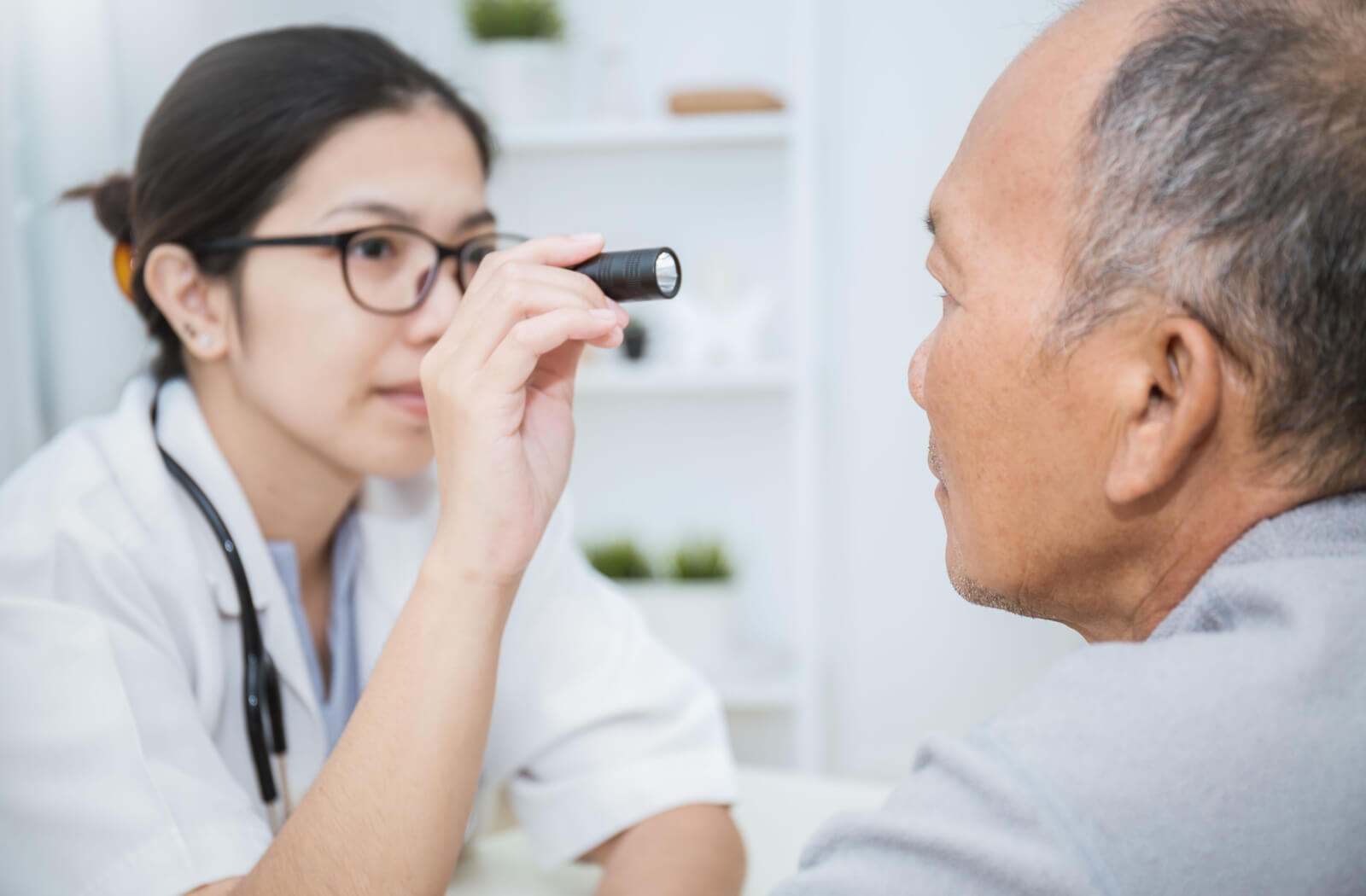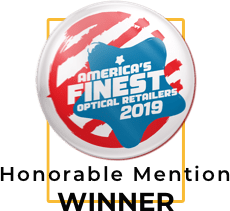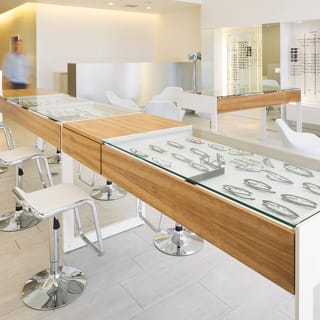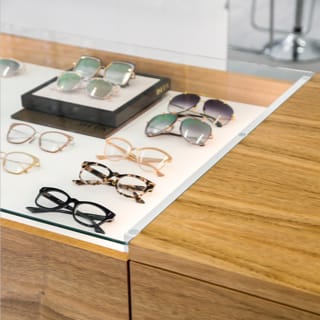Millions of Americans wear glasses or contact lenses due to myopia, also known as nearsightedness. It usually develops in children and adolescents, but you may have wondered whether myopia worsens with age.
Myopia in children can progress until they reach their 20s, making children’s eye exams essential in diagnosing the condition early.
Adults who were nearsighted as children remain nearsighted. Myopia progression can be slowed through treatment and managed to lower the risk of developing sight-threatening problems later in life.
Understanding Myopia
Myopia is a refractive error that causes distant objects to appear blurry, while close objects remain clear. It occurs if the eyeball is too long or the cornea (clear front part of the eye) is too curved, causing light to be focused in front of the retina (the light-sensitive tissue at the back of the eye) instead of directly on it.
Symptoms of myopia can include:
- Blurry distance vision
- Trouble seeing the whiteboard
- Eye strain
- Eye fatigue
- Squinting
- Headaches
While almost anyone can get myopia, certain factors can increase your risk, such as:
- Age: Myopia usually begins between 6 and 14 years old and can worsen until the early 20s.
- Diabetes: Adults can become myopic due to diabetes.
- Visual Stress: Frequent near work may cause temporary nearsightedness with spasm of your focusing eye muscles but can affect your distance vision permanently if the eye grows too long as a result.
- Genetics: Myopia can be inherited. You are more likely to become nearsighted if one or both parents are myopic.
- Outdoor Time: Spending more time outdoors can decrease your risk of developing myopia.
- Prolonged Screen Use: Long hours in front of screens can increase your risk of myopia.
The Impact of Age on Myopia
Myopia is becoming increasingly prevalent worldwide, and the younger you develop the condition, the quicker it progresses. During childhood and adolescence, your eyes continuously change shape and keep growing.
With progressive and excessive eyeball elongation, which is responsible for myopia, frequent eyeglass prescription changes are usually seen. The measurement of an eyeglass prescription needed to correct myopia is in optical units called diopters (D), which go up in 0.25 increments preceded by a minus sign.
Categorizing the severity of your myopia is based on the following diopters:
- Low to moderate myopia is between -0.50 D and -5.75 D.
- High myopia is -6.00 D and greater.
Myopia typically stabilizes in early adulthood. However, it’s not uncommon for it to progress beyond this stage. Lifestyle choices and occupation can influence the rate of progression and worsening symptoms as people age.

Managing Myopia Progression
High myopia in children can increase their risk of developing sight-threatening eye problems, such as:
- Myopic Macular Degeneration: This involves excessive retinal stretching as well as leaking and bleeding blood vessels, causing swelling in the macula, the part of the retina responsible for central and detailed vision.
- Retinal Detachment: The retina pulls away from the back of the eye, which can lead to permanent vision loss.
- Cataracts: The natural lens in your eyes becomes cloudy, blocking and scattering light entering the eye.
- Glaucoma: High fluid pressure within the eye causes damage to the optic nerve, resulting in permanent loss of side vision.
Addressing myopia progression early on is crucial to minimize the potential impact on your vision and overall eye health. The earlier the intervention, the better the chance of slowing down or stabilizing myopia.
Especially in children, regular eye examinations can identify the early stages of myopia, determine how quickly a child’s eye is changing, and allow for timely corrective measures and treatment, increasing the likelihood of successful management. If you have myopia or are at risk, several strategies can help manage it to prevent progression. These can include:
- Corrective Lenses: MiSight contact lenses are FDA-approved daily disposable soft therapeutic lenses that help to slow the progression of myopia in children.
- Specialty Contact Lenses: Multifocal contact lenses allow children to see at all distances and can significantly decrease the rate of myopia progression.
- Orthokeratology: These rigid gas-permeable contact lenses, worn only at night during sleep, can gradually reshape the cornea and help to slow myopia progression. Children don’t need vision correction during the day with these overnight lenses.
- Atropine Eye Drops: Low-dose atropine eye drops are another option to slow myopia progression in children.
- Lifestyle Changes: Breaks during prolonged near work, reducing screen time, and incorporating outdoor activities into your daily routine can help reduce the risk of myopia progression.
- Prescription Updates: An up-to-date prescription ensures your child has the proper correction, as under-correction can increase the rate of myopia progression.
Myopia Management for Long-Term Eye Health
While myopia can worsen with age, the degree of progression varies from person to person. It often begins and progresses during childhood or adolescence and stabilizes in early adulthood, but it may continue to develop throughout life.
Early intervention is the key to addressing myopia and preventing potential complications. By working closely with your eye doctor and adopting a holistic approach to eye health, you can take proactive steps to protect your vision and maintain optimal eye wellness. Schedule an eye examination with Eye Love Optometry to explore suitable treatment and management options for your myopia.
















